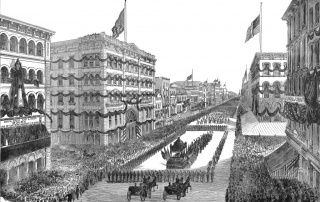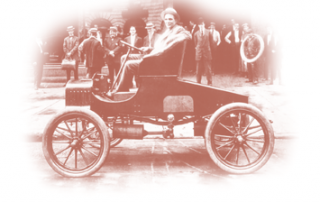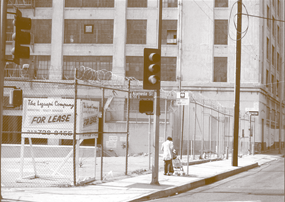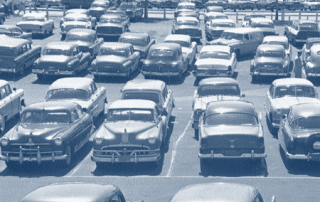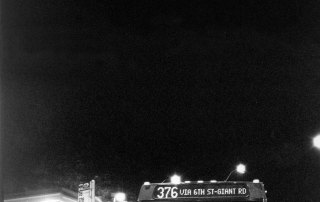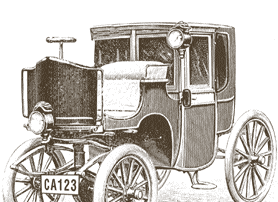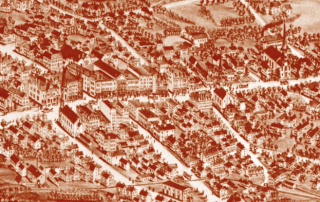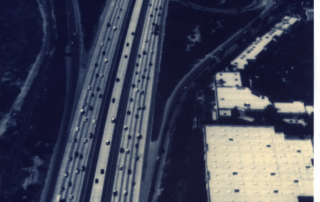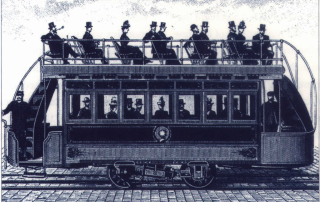THE ACCESS ALMANAC: Unlimited Access, Prepaid Transit at Universities
Jeffrey R. Brown,
Daniel Baldwin Hess, and
Donald Shoup
Imagine a transportation program that increases transit ridership, reduces traffic congestion, saves energy, cleans the air, and costs very little. Many American colleges offer such a program, and they have given it a variety of names—such as BruinGO, UPass, ClassPass, and SuperTicket. We refer collectively to these programs as Unlimited Access.
Unlimited Access turns student identification cards into public transit passes. The university pays the transit agency an annual lump sum based on expected student ridership, and the transit agency accepts student identification cards as transit passes. For every student on any day, a bus ride to campus (or anywhere else) is free. Unlimited Access is not free transit, but is instead a new way to pay for transit.

